
High as a cat
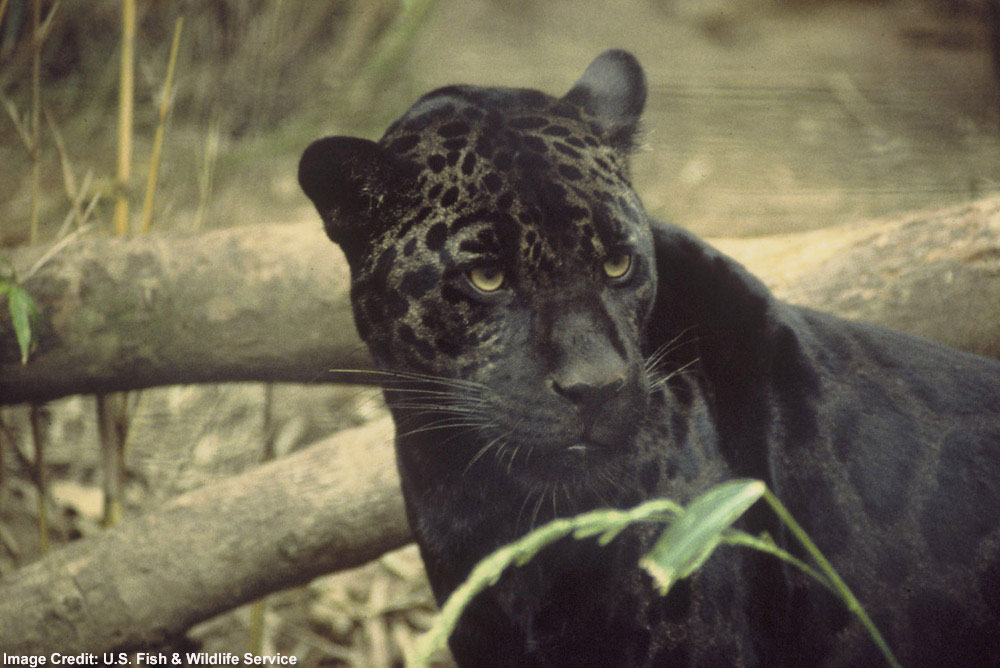
Performance enhancing drugs recently soiled the reputation of one of humanity’s top athletes. Animals have no such scruples about doping. All levels of the animal kingdom from flies to top predators indulge in drugs and alcohol. Sometimes humans even push intoxicants on the creatures.
Jaguars seek out the leaves of the vine Banisteriopsis caapi, which contains a psychoactive chemical. After ingesting the leaves, the largest predator in South America will roll around like a housecat on catnip.
The Piaroa tribe believes that the vine increases the jaguars sensory perception and hunting skills, according to research published in the Journal of Psychoactive Drugs. Piaroa hunters attempt to replicate the cat’s abilities by using the drug themselves, reportedly to improve their night vision and strength.
Others tribes use the vine as well. Shaman in numerous South American cultures use extracts from the vine along with other plants containing a hallucinogen to create the sacred mixture known as ayahausca or yage.
This slideshow was provided by Discovery News.
Pink Floyd's the Wallaby
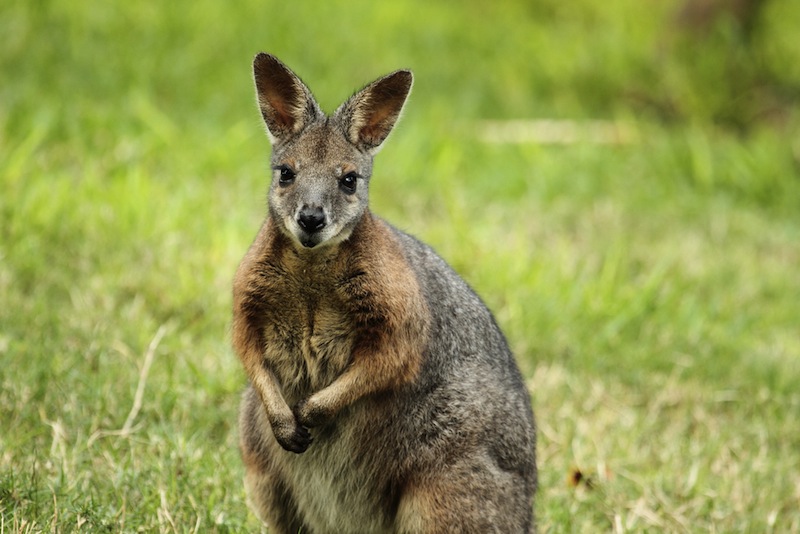
Like a surreal wildlife documentary scripted by heroin-addicted author William Burroughs, wallabies in Tasmania devour opium poppies grown for the pharmaceuticals industry. Then the messed-up marsupials make crop circles and nod off.
“We have a problem with wallabies entering poppy fields, getting as high as a kite and going around in circles," Lara Giddings, Tasmania’s attorney general told a parliamentary hearing on the security of the opium crop. "Then they crash. We see crop circles in the poppy industry from wallabies that are high."
Wallabies aren’t the only animals chasing the dragon in Tasmania.
"There have been many stories about sheep that have eaten some of the poppies after harvesting and they all walk around in circles," Rick Rockliff, a spokesman for poppy producer Tasmanian Alkaloids, told the BBC.
Opium poppies contain morphine, which is refined to produce heroin.
High as a Horse
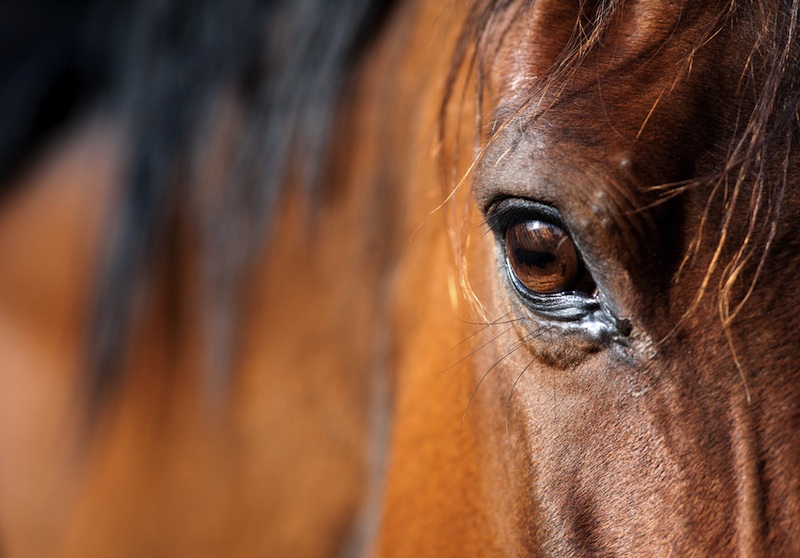
Horse is a slang term for heroin, but horses themselves leave the opiates to the wallabies. Horses’ drugs of choice are the locoweeds that grow wild in the American West.
Horses increased their intake of spotted locoweed over time, although U.S. Department of Agriculture study. The horses’ may have initially chosen the locoweed because it stayed green longer than surrounding grass. However, horses’ preference for the weed had a dark side. After five weeks of eating locoweed the horses became lethargic, lost weight and showed erratic behavior.
Horses aren’t the only livestock going loco on the weed. Cattle, sheep and even wild deer and elk have been observed to show signs of locoweed’s toxic effects. Various locoweed plants in the genera Astragalus and Oxytropis contain the chemical swainsonine. The toxic chemical causes neurological damage to animals that eat it. Locoweed poisoning can also result in reproductive problems and heart failure.
LSD-phant
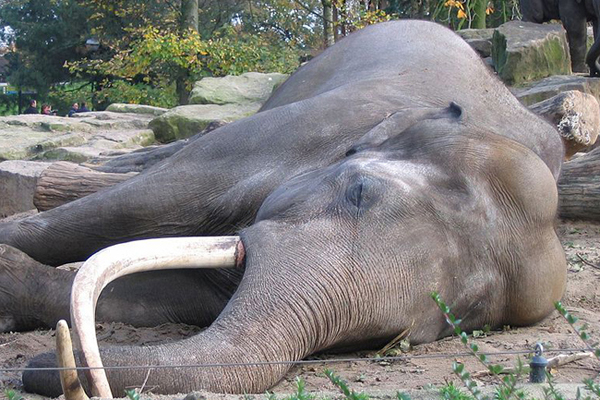
Jaguars take hallucinogens willingly, but one elephant was forced to do so by humans with tragic results.
In 1962, Tusko, a male Asian elephant at the Oklahoma zoo, was injected with nearly 300 mg of LSD, enough for thousands of human doses. The researchers reported in the journal Science that they were trying to induce “musth,” a natural condition in male elephants when they become violent and erratic. Instead, the elephant started trumpeting and running around. After five minutes, the animal collapsed into a seizure and defecated on itself.
The researchers then injected the elephant with 2,800 mg of promazine hydrochloride, a chemical meant to counteract the LSD. An overdose of this chemical may have contributed to the elephants’ death. A letter to Science in response to the elephant-killing LSD study pointed out that the correct dosage of LSD for an elephant's metabolism should have been 80 mg or perhaps much lower, not 300 mg. The massive dose of promazine was equally miscalculated.
Later studies by a different group of researchers found that elephants could survive LSD, but that their behavior while on the psychedelic did not replicate musth. That research was published in the Bulletin of the Psychonomic Society.
Drinking and Flying
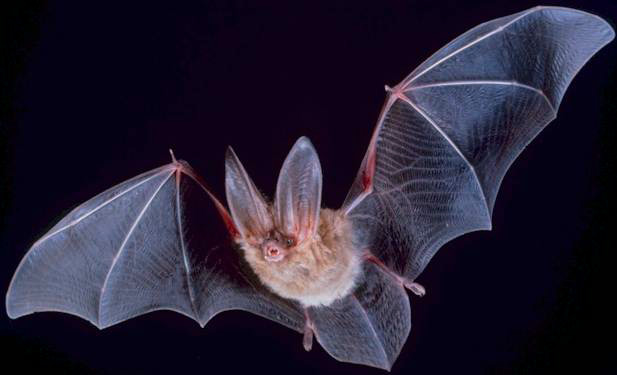
Drinking alcohol and flying are just about the most dangerous possible combination of activities for humans, but not so for bats. The airborne mammals seem to be able to hold their liquor.
In the wild, fruit-eating bats encounter fermented food. The sugar in fruit can be naturally fermented into alcohol by wild yeasts. Because of this, alcohol is most likely to occur in the ripest, most sugary fruits. An animal that can handle energy-rich fermented fruit, without getting wasted and becoming an easy target for predators, could receive a survival advantage.
To test the ability of bats to navigate after imbibing alcohol, a team of Canadian biologists gave six species of wild bats a mixture of sugar water and alcohol, then challenged them with an obstacle course. The boozed-up bats showed no signs of inebriation and maneuvered the course as skillfully as other bats that received only sugar water. The study was published in PLOS ONE.
The Tanking of the Shrew
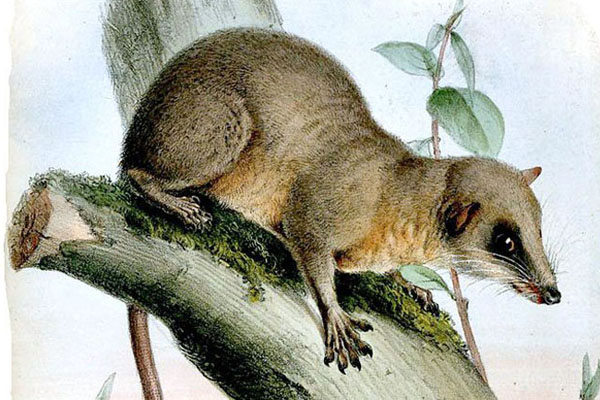
Bats aren’t the only small mammals with big alcohol tolerances. Pen-tailed tree shrews regularly drink the fermented nectar of the bertam palm in Malaysia.
On a pound-per-pound basis, a human would be sloshed by the shrews’ alcohol intake. However, research published in Proceedings of the National Academy of Sciences found that shrews showed no signs of intoxication, even though the nectar contained nearly 4 percent alcohol.
The pen-tailed shrew is considered to be a living fossil, similar to the species from which all primates and other shrews sprang. The study’s authors suggested that moderate to high alcohol intake may have very ancient roots for humans and their kin.
Bar Flies
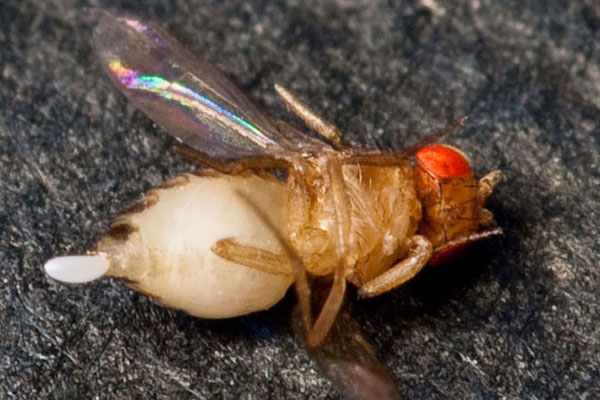
Male fruit flies rejected by females turned to alcohol to drown their sorrows in a study published in the journal Science.
The male flies were placed with females that had already mated, and hence had no interest in sex. The frustrated fly fellows were provided with sugar water spiked with 15 percent alcohol along with plain sugar water. The spurned males chose to drink the alcohol mixture 70 percent of the time, compared to their sexually satisfied peers, which chose the alcoholic mix only 50 percent of the time.
Getting their drink on might not be the best decision for a frustrated fly. A neurobiologist at Pennsylvania State University found that repeated exposure of males fruit flies to alcohol vapor put them into a sexual frenzy. The drunken Drosophila got so worked up they stopped caring what gender they were courting. Males chased each other around, serenading their beau with wings vibrating out the traditional fruit fly courtship song. However, even if the males caught up with a female, their rate of successful copulation went down with the more alcohol they had inhaled.
Female fruit flies, on the other hand, got no kick from the alcohol vapors. Mere alcohol didn't thrill them at all. They showed little change in behavior, possibly because females do little to court males.
Get the world’s most fascinating discoveries delivered straight to your inbox.
Blow Worms
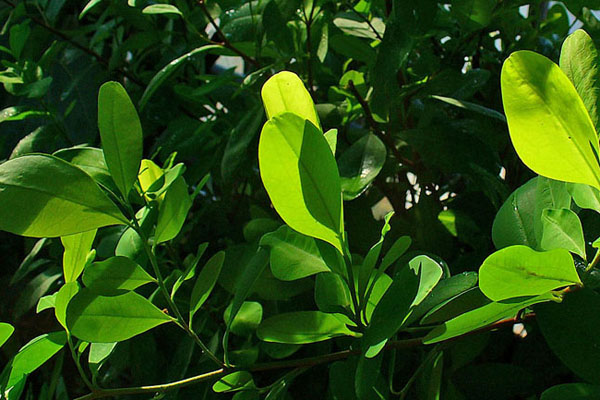
Like Frank Sinatra, caterpillars get no kick from cocaine.
Cocaine produced by the coca plant acts as a natural insecticide. Most insects die if they eat too much, but the larvae of the cocaine tussock moth feed on the leaves of the coca plant with no ill effects. In fact the caterpillars will seek out the plant.
The Colombian government has even considered plans to breed an army of the caterpillars to unleash on the nation's coca plants, reported MSNBC. Since the caterpillars would continue to reproduce they would solve the problem of spraying. When coca plantations are sprayed, farmers simply replant the fast growing crop, which requires more spraying and more expense. Plus, coca plants can develop resistance to herbicides.
Releasing thousands of caterpillars, even native varieties would surely cause ecological damage, countered the Colombian environmental group Andean Action.
"With a plan like this, the chance for ecological mischief is very high and very dangerous," Ricardo Vargas, director of Andean Action told MSNBC.
Plastered Parrots

Red-collared lorikeets, the brightly colored parrot shown here, seem to get dangerously drunk every year, stumbling about the streets and falling from the trees in Australia’s Northern Territory. The bird bender starts in June or August and ends with the wet season in October and November.
“They exhibit odd behavior like falling over or difficulty flying they keep running into things,” said veterinarian Stephen Cutter from The Ark Animal Hospital in Australian Geographic.
The blitzed birds act like their wearing beer-goggles, getting friendlier and losing their fear of people. But the revelry may be a sign of a deadly illness, not just bacchanal bliss from fermented fruit.
Unlike a human, the birds don’t just sleep off the ill effects of alcohol. The symptoms last several days, and are accompanied by respiratory problems and a discharge from bird’s nostrils, mouth, and eyes. Cutter suspects a virus may be at work.


